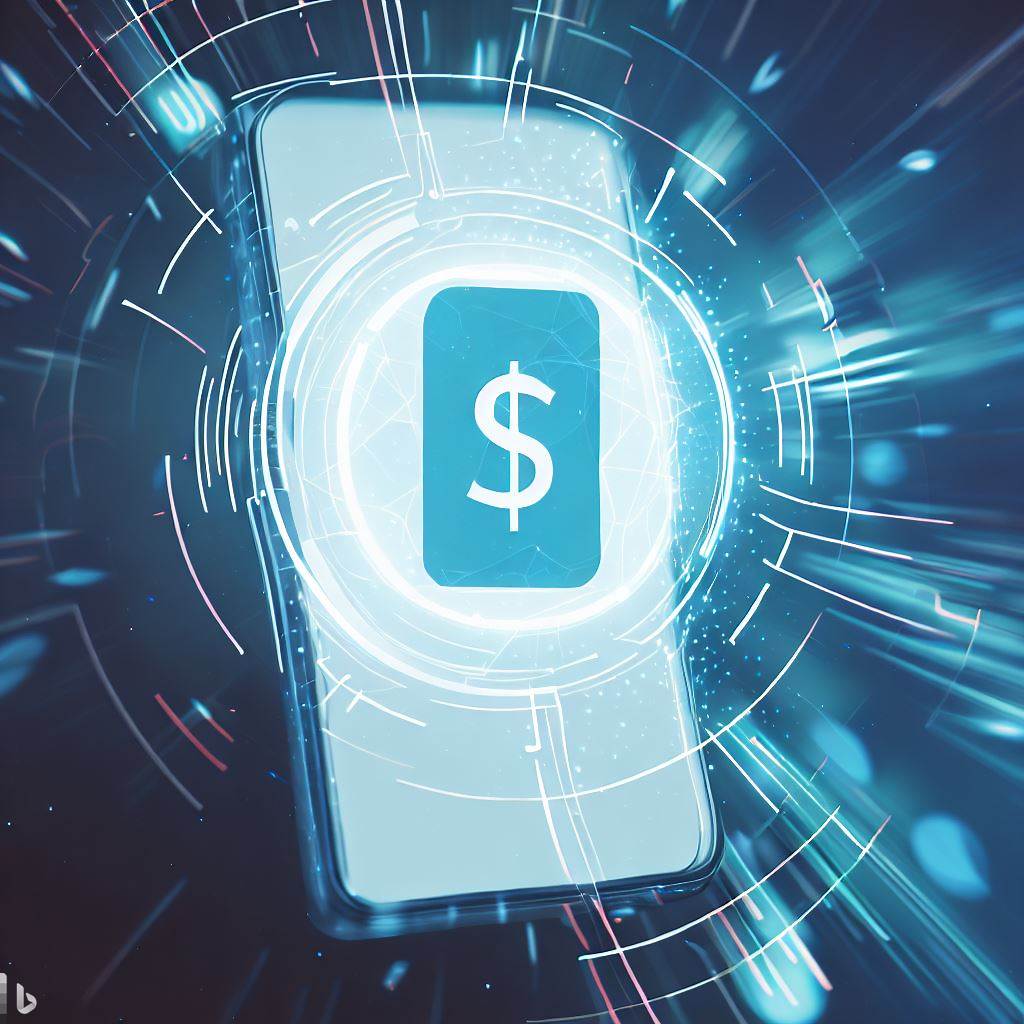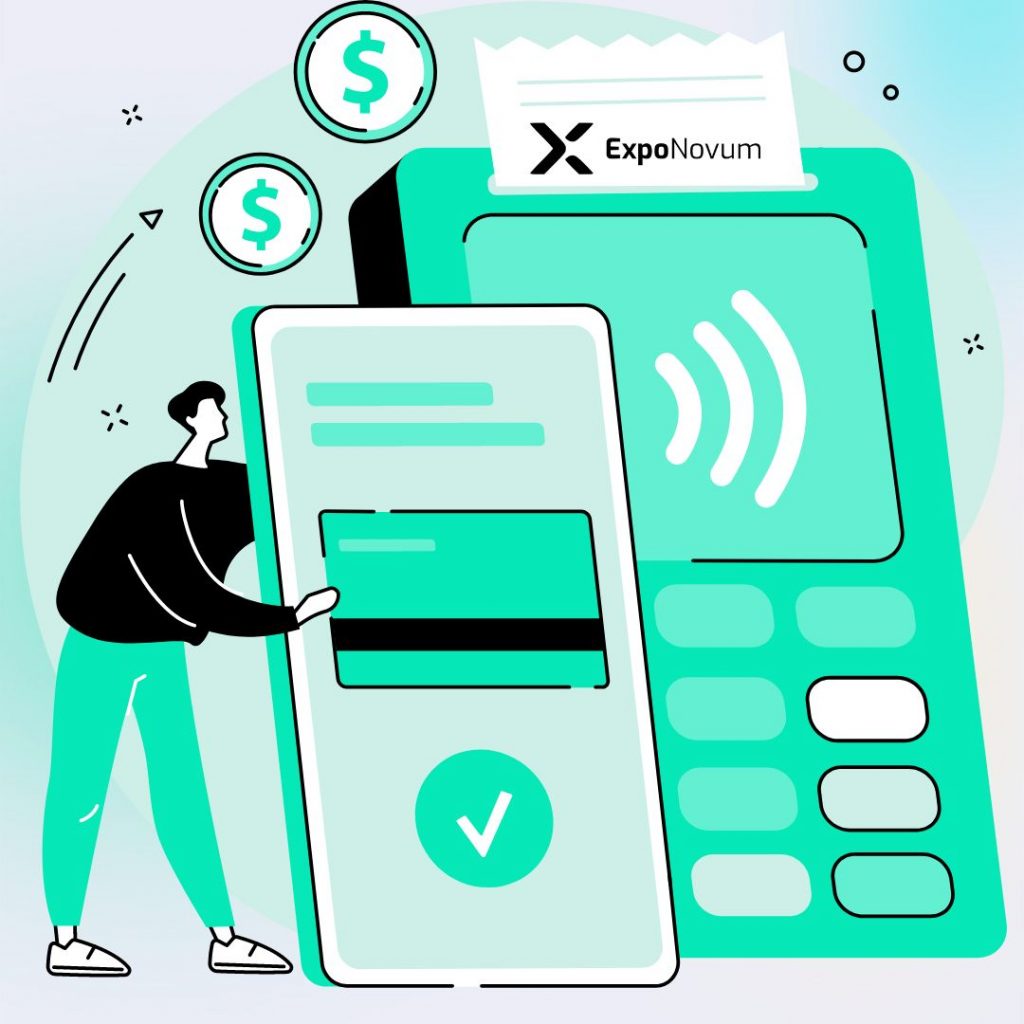E-commerce has been rapidly evolving, and one of the significant drivers of this transformation is the adoption of alternative payment methods. In 2023, we are witnessing a shift in how consumers pay for goods and services, with alternative payment methods gaining popularity and reshaping the e-commerce landscape. This article explores the emerging trends in alternative payment methods and their impact on the e-commerce industry.
The Changing Payment Landscape
The payment landscape is significantly transformed, driven by technological advancements and evolving consumer preferences. Traditional payment methods, such as cash and credit cards, are no longer the sole options for online transactions. Alternative payment methods are emerging as convenient, secure, and flexible alternatives, catering to the diverse needs of consumers worldwide.
Simplifying Cross-Border Payments:
Cross-border e-commerce presents its own set of challenges, including dealing with different currencies and expensive currency conversion. However, the rise of cross-border payment bridges is set to revolutionize this aspect of international trade [1]. These platforms allow users to link their bank accounts and make payments in foreign currencies without the need for currency conversion. This innovative solution enhances convenience and eliminates the inefficiencies associated with traditional cross-border payments [1].
Embracing New Payment Methods to Enhance Customer Experience:
Merchants involved in e-commerce actively embrace new payment methods to improve customer experience and expand their customer base [2]. The adoption of buy now, pay later arrangements and digital wallets has witnessed substantial growth in recent years [2]. These payment options enhance convenience for consumers and offer added security and protection against fraud [2]. Furthermore, localized digital payment methods, including account-to-account transactions and real-time payment schemes, have risen as merchants aim to cater to diverse customer preferences [2].
Buy Now, Pay Later (BNPL): A Growing Phenomenon
Buy Now, Pay Later (BNPL) options have gained tremendous popularity recently, especially among younger consumers. BNPL allows shoppers to split their purchases into interest-free instalments, providing affordability and convenience. In 2023, BNPL is expected to continue its growth, with more retailers and online marketplaces offering this payment option.
The Robust Growth of BNPL in the Asia Pacific
The BNPL industry in the Asia Pacific region is experiencing remarkable growth, projected to expand by 45.3% annually, reaching a staggering US$201.9 billion by the end of 2022 [1]. Key players like Klarna, Afterpay, and Atome are actively investing in the Chinese BNPL space, while Chinese companies are expected to expand across the Asia Pacific in the coming years [1]. This exponential growth indicates the increasing acceptance and reliance on alternative payment methods in the region.
Cross-Border Payment Bridges: Simplifying International Transactions
Dealing with different currencies has always been a challenge for cross-border transactions. However, the rise of cross-border payment bridges makes it easier for consumers to pay overseas. These platforms enable users to link their bank accounts or digital wallets, eliminating the need for currency conversion and reducing transaction costs.

Digital Wallets: Convenient and Secure Payments
Digital wallets have revolutionized the way people make payments. Consumers can securely store their payment information and complete transactions swiftly with just a few taps on their smartphones. In 2023, digital wallets are expected to grow further, offering enhanced convenience and security for e-commerce transactions.
Cryptocurrency: The Rise of Decentralized Payments
Cryptocurrency has been making waves in the financial industry, and its impact on e-commerce is becoming more pronounced. As more businesses accept cryptocurrencies as payment, consumers have additional purchase options. The decentralized nature of cryptocurrencies offers increased security, transparency, and transaction efficiency.
Contactless Payments: A Safe and Hygienic Option
Contactless payments have gained significant traction, primarily due to their hygienic benefits during the COVID-19 pandemic. With near-field communication (NFC) technology, consumers can pay by tapping their cards or smartphones on payment terminals. Contact fewer payments provide a quick and secure way to complete transactions, further driving the adoption of alternative payment methods.
Biometric Authentication: Enhancing Security and Convenience
Biometric authentication methods like fingerprint and facial recognition reshape the e-commerce payment landscape. These methods offer enhanced security by using unique biological traits for verification. Biometric authentication streamlines the checkout process and reduces the risk of fraud and identity theft.
Subscription-Based Payments: Convenience and Personalization
Subscription-based payment models are gaining popularity across various industries, from streaming services to online retailers. Consumers increasingly opt for subscriptions that offer convenience, personalization, and cost savings. In 2023, we expect further innovation in subscription-based payments as businesses strive to cater to evolving consumer preferences.
Voice-Activated Payments: A New Era of Hands-Free Shopping
Voice-activated payments have emerged as a convenient and hands-free way to shop. Virtual assistants like Amazon’s Alexa and Google Assistant enable users to purchase using voice commands. As voice recognition technology improves and becomes more widespread, voice-activated payments will likely reshape the e-commerce landscape in 2023 and beyond.
Social Commerce: Integrating Payments into Social Platforms
Social media platforms have become more than just communication and content-sharing channels. They are now driving e-commerce through social commerce features. Social platforms are integrating payment functionalities, allowing users to discover, purchase, and sell products without leaving the app. This seamless integration of payments within social media experiences is set to shape the future of e-commerce.

In-App Payments: Seamless Transactions within Mobile Apps
Mobile apps have transformed the way we shop and interact with businesses. In-app payments enable users to make purchases within the app, eliminating the need to switch to a different payment platform. With a seamless and convenient payment experience, in-app payments are expected to increase adoption in 2023.
Smart Payment Gateways: Streamlining the Checkout Process
The checkout process is a critical juncture in the customer journey, and businesses strive to make it as smooth and frictionless as possible. Smart payment gateways leverage advanced technologies, such as artificial intelligence and machine learning, to optimize the checkout process. By reducing steps, minimizing form fields, and offering personalized recommendations, smart payment gateways enhance the overall user experience.
The Role of Data Analytics in Payment Optimization
Data analytics is vital in optimizing payment processes and driving business growth. Businesses can gain insights into consumer behaviour, preferences, and trends by analyzing transaction data. This information enables them to tailor their payment offerings, enhance fraud detection, and provide personalized experiences for customers.
Ensuring Security and Fraud Prevention
As alternative payment methods gain popularity, ensuring robust security measures and fraud prevention becomes paramount. To protect sensitive customer data, businesses should invest in advanced security technologies, such as encryption and tokenization. Additionally, implementing multi-factor authentication and real-time fraud detection systems can mitigate the risks associated with e-commerce transactions.
The Role of Alternative Payment Methods in Enhancing E-commerce:
The widespread adoption of alternative payment methods in e-commerce is driven by the desire to improve customer experience, reach new customer segments, and explore new markets [2]. Online merchants increasingly rely on third-party marketplaces such as Amazon, eBay, and Walmart to expand their customer reach [2]. These marketplaces offer a low-cost and deal-driven approach that aligns with the changing preferences of conscious consumers seeking bargains and deals [3].
The Rise of FinTechs and Creative Disruption:
In 2023, the FinTech industry is poised to shine with its creative disruption in specific areas, particularly real-time and cross-border payments [3]. Small and medium-sized businesses and e-commerce enterprises demand fast and seamless payment solutions ensure liquidity and cash flow for business growth [3]. FinTechs have been quick to meet this demand, outmaneuvering traditional banks in delivering innovative payment options that cater to the needs of online businesses [3].

The Future of Alternative Payment Methods
The evolution of alternative payment methods shows no signs of slowing down. We can expect further advancements in biometric authentication, increased acceptance of cryptocurrencies, and integration of payments into emerging technologies like augmented reality and virtual reality. As consumer expectations evolve, businesses must adapt and embrace these new payment methods to stay competitive.
The Need for Unified Platforms:
To simplify their entry into new markets, merchants seek consolidated solutions providing a single-point platform to handle accounts payable and accounts receivable [3]. Multiple platforms and tools lead to additional costs and overheads for e-commerce businesses [3]. Therefore, consolidating digital commerce tools and unified platforms is crucial to reduce complexities and streamline operations, ultimately benefiting cross-border e-commerce expansion [3].
Conclusion
Alternative payment methods are reshaping the e-commerce landscape in 2023, offering consumers greater convenience, security, and flexibility. From BNPL options to contactless payments and voice-activated transactions, how we pay for goods and services is evolving rapidly. Businesses must stay abreast of the latest payment trends, embrace innovation, and prioritize user experience and security to thrive in this changing landscape.
FAQs
Are alternative payment methods secure?
Alternatively, payment methods prioritize security and employ various measures, such as encryption and tokenization, to protect customer data. However, users need to follow best practices, such as safeguarding their credentials and using secure networks, to ensure the security of their transactions.
Do alternative payment methods support refunds and returns?
Yes, most alternative payment methods offer refund and return policies. However, the specific guidelines may vary depending on the provider. Reviewing the terms and conditions of the chosen payment method for details regarding refunds and returns is advisable.
Can I use alternative payment methods for international transactions?
Yes, many alternative payment methods support international transactions. However, availability may vary depending on the specific payment method and the countries involved. It is recommended to check the compatibility of the chosen payment method for international purchases.
How do alternative payment methods impact business revenue?
Alternative payment methods can positively impact business revenue by increasing conversion rates and reducing cart abandonment. By offering various payment options, businesses cater to diverse customer preferences, leading to a better shopping experience and revenue generation.
Are alternative payment methods replacing traditional payment options?
While alternative payment methods are gaining popularity, they partially replace traditional payment options. Conventional methods like credit cards and bank transfers still hold a significant market share. However, alternative payment methods provide additional choices and cater to specific consumer needs, contributing to a more diverse and inclusive e-commerce ecosystem.
Take Control of Your Payments with ExpoNovum’s Alternative Payment Methods Service!
Take advantage of the future of payments! Please apply now to experience ExpoNovum’s Alternative Payment Methods service and join our global community of satisfied merchants. Say goodbye to limited options and hello to a world of possibilities.